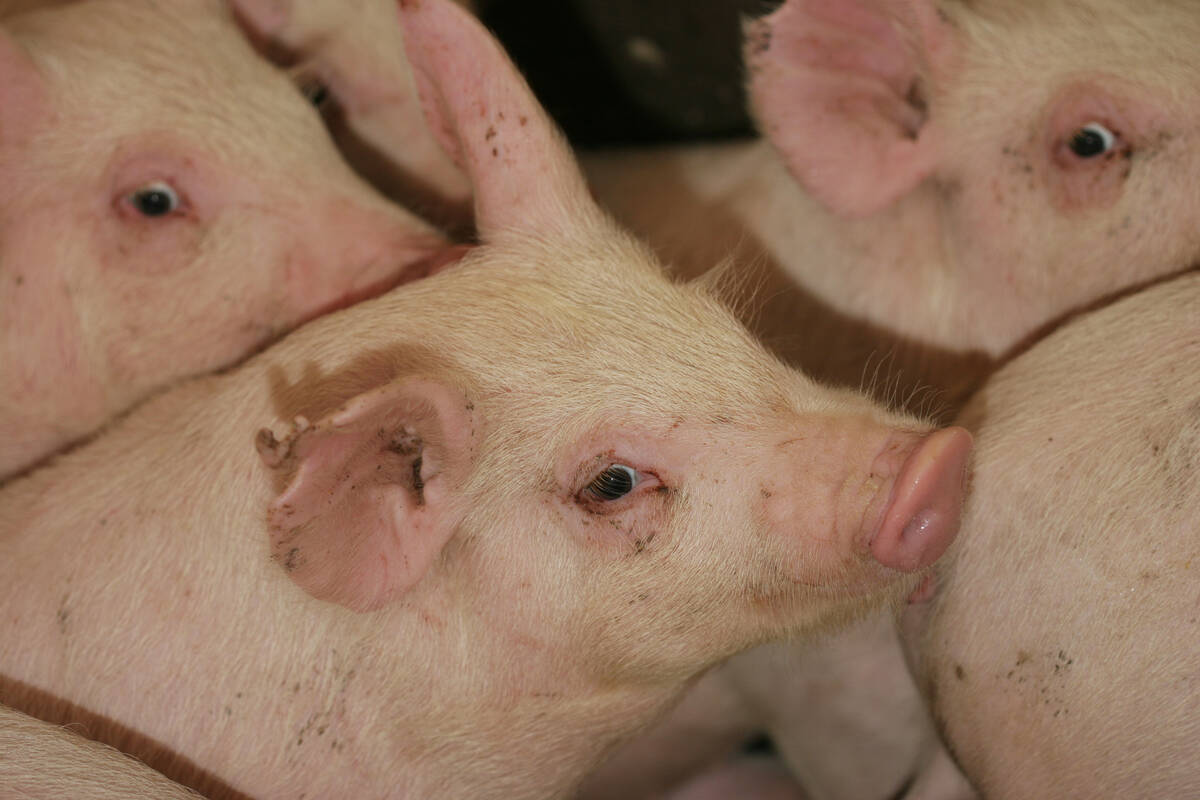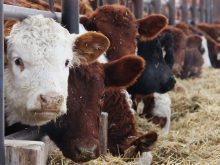It can be chilling to drive by a pasture on a wintry day and see cattle huddled in the blowing snow.
Sometimes they want to be out there, but other times they have no choice.
Ian McMillan, co-ordinator of investigative services for the Saskatchewan SPCA, says there is always a spike in reports during the cold days of winter.
Most people are concerned about whether cattle and horses have enough shelter and feed.
“It’s usually reasonably easy to tell whether they have shelter or not, from the road,” McMillan said.
Read Also

The Western Producer Livestock Report – September 25, 2025
The U.S. national live price average for barrows and gilts was $81.21 Sept. 17. It was $78.37 Sept. 9. U.S. hogs averaged $106.71 on a carcass basis Sept. 17, up from $106.10 Sept. 9.
Whether that shelter is adequate is another matter.
Protection from the wind is a must.
“A bald piece of pasture without trees isn’t adequate,” McMillan said.
“Thin brush is questionable.”
Animals need a good bluff of trees that will significantly cut the wind, or coulees where they can find shelter.
A manmade windbreak is another option. McMillan said a good 2.4 metre wind fence will provide shelter up to 15 metres away.
According to Alberta Agriculture’s website, fences should be porous to prevent wind turbulence and keep the snow farther away.
Optimum protection occurs when fence porosity is 25 to 33 percent. This will extend the protected area eight to 10 times the height of the fence.
“To get 25 percent porosity, space six-inch boards two inches apart,” the website recommended.
“To get 33 percent porosity, space six-inch boards three inches apart.”
Flax best windbreak
McMillan said two rows of bales will work if windbreaks aren’t possible. Flax straw bales are usually best because livestock tend not to eat them.
He said producers need be particularly cautious when swath, winter or corn grazing.
“There isn’t always adequate shelter from the wind in those fields.”
The amount of snow this winter is of some concern. Horses will generally paw through it to find feed, but cattle use their noses.
McMillan said farmers may have to open swaths once they are 30 centimetres beneath the snow.
Assessing whether livestock have enough feed can be trickier. Sometimes the answer is to locate the feed source in a more secluded spot.
McMillan said an overabundance of hay isn’t available this year, and a long winter could stress supply. Producers should consider feeding livestock grain or pellets for increased energy during cold snaps.
The University of Saskatchewan’s Western College of Veterinary Medicine recommended increasing feed rations when it’s cold, as well as supplemental feed if hay won’t meet requirements.
Producers should also check water sources daily and watch animals for signs of weight loss.
McMillan said 70 percent of livestock reports that the SPCA receives in Saskatchewan are valid, but the number is low compared to the number of producers.
The SPCA received 180 complaints between April 1, 2007, and March 31, 2008.















